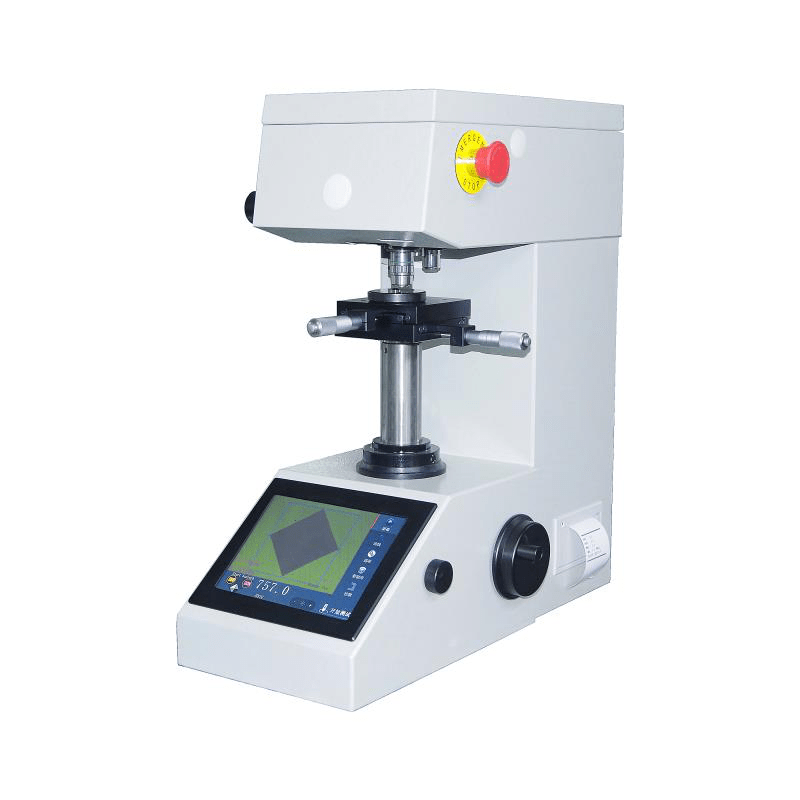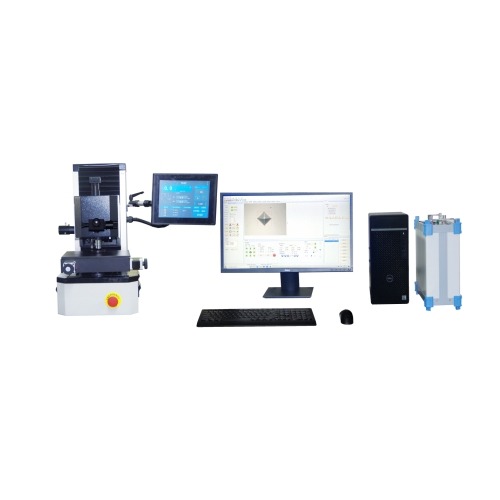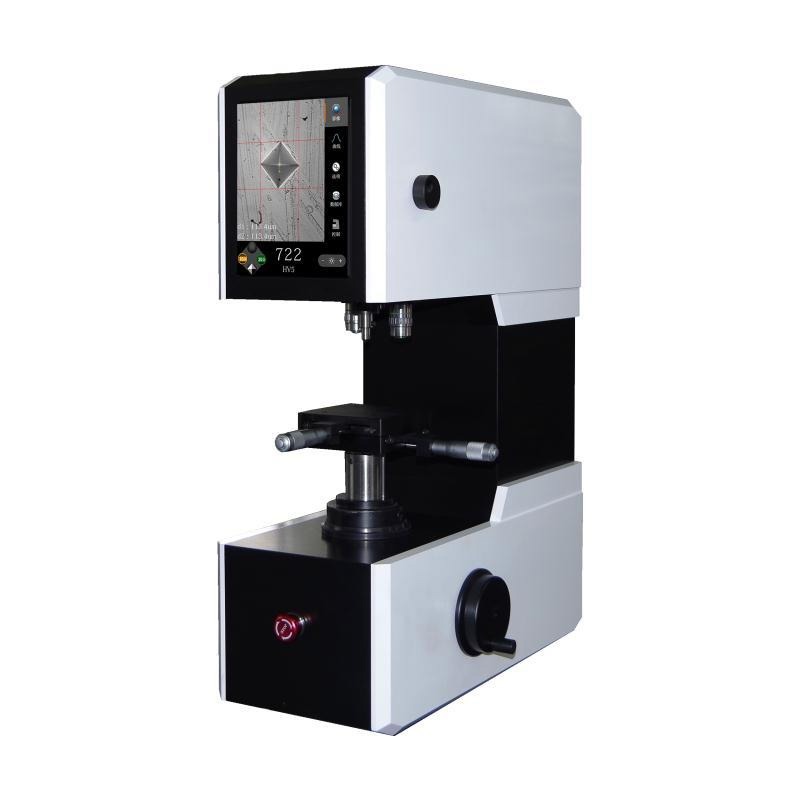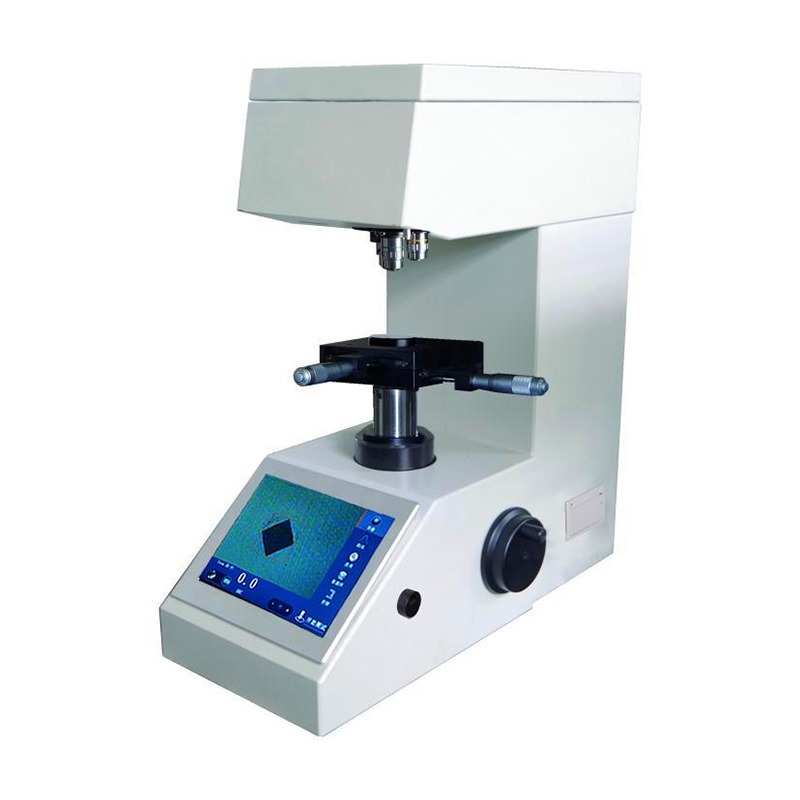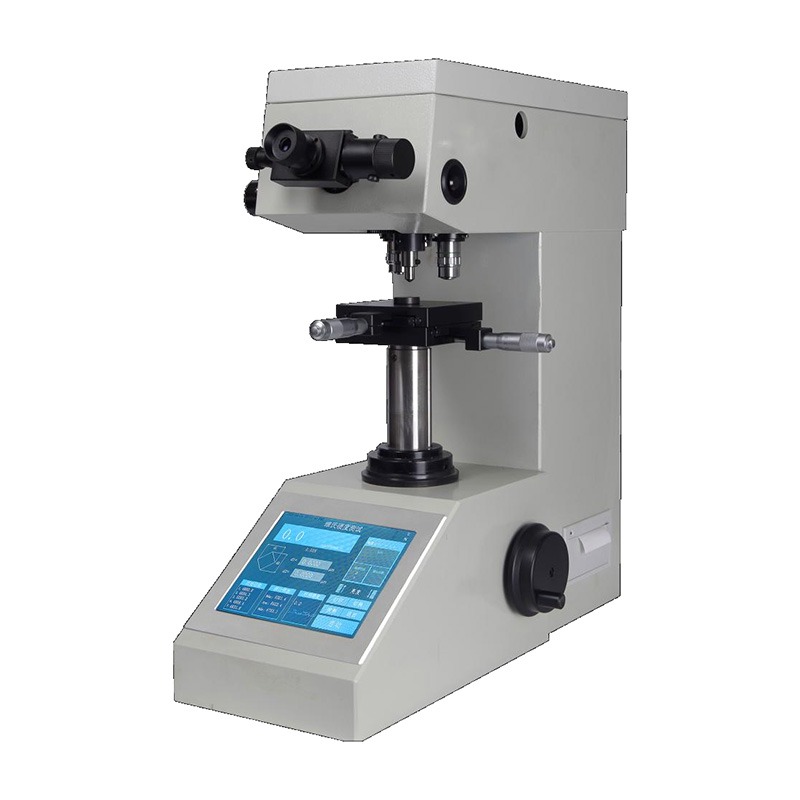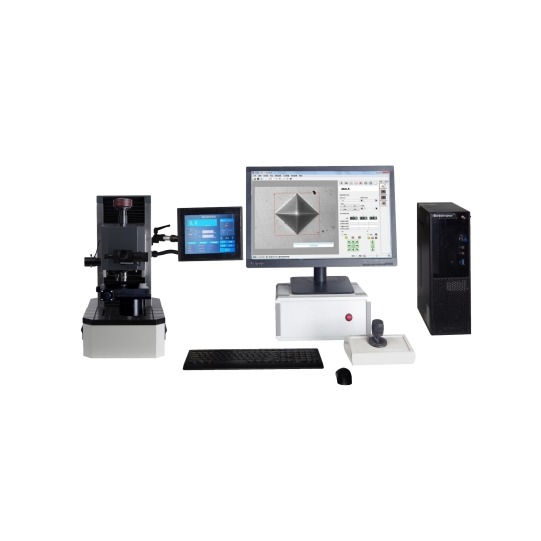Hardness testing is a crucial process in material science and quality control, ensuring the durability and performance of metals, plastics, and composites. The evolution of digital hardness testers has significantly improved precision, efficiency, and ease of use in various industrial applications. This article delves into the latest advancements in digital hardness testers and their impact on modern testing procedures.
The Evolution of Hardness Testing
| Era | Key Developments | Advantages | Limitations |
| Early 20th Century | – Introduction of manual hardness testing methods (e.g., Brinell, Rockwell, Vickers). | – Basic ability to measure material hardness. | – Highly dependent on operator skill. – Time-consuming and prone to errors. |
| Mid-20th Century | – Development of analog hardness testers with dial gauges and mechanical components. | – Improved consistency compared to manual methods. | – Still required manual interpretation. – Limited precision and repeatability. |
| Late 20th Century | – Introduction of electronic hardness testers with digital displays. | – Faster readings and reduced human error. – Better data recording. | – Limited integration with other systems. – Bulky and less portable. |
| Early 21st Century | – Emergence of fully digital hardness testers with microprocessors and software. | – High precision and accuracy. – Automated testing and data analysis. | – Higher cost compared to older models. – Limited portability. |
| Modern Era | – Advanced digital testers with IoT, AI, and cloud connectivity. | – Real-time data analysis and reporting. – Portable and versatile designs. | – Requires technical expertise for advanced features. |
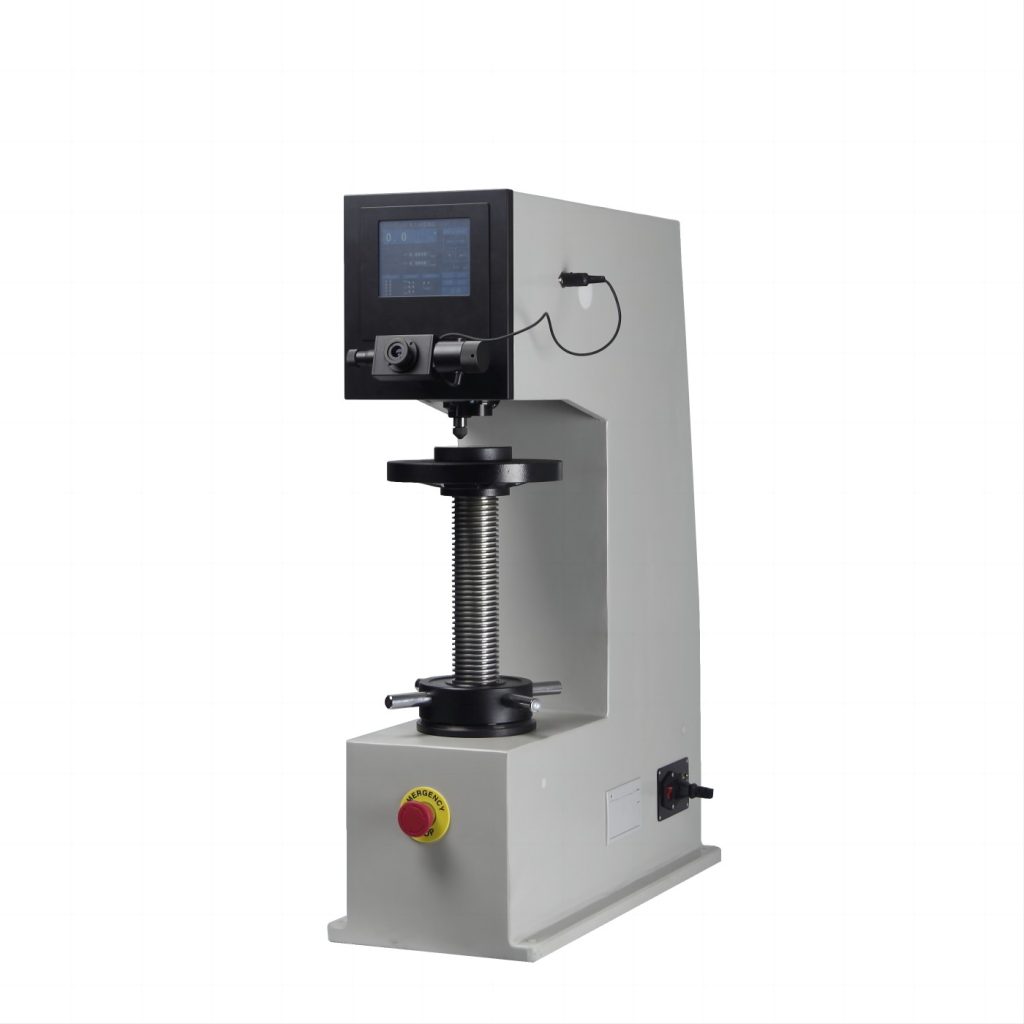
Key Innovative Features in Digital Hardness Testers
1. Enhanced Load Application for Greater Accuracy
One of the most significant advancements in digital hardness testers is the implementation of electronic load control systems. Traditional testers relied on mechanical weights to apply force, which often led to inconsistencies. Modern devices now utilize load cells and servo-driven mechanisms to ensure precise and uniform force application, eliminating human errors and improving repeatability.
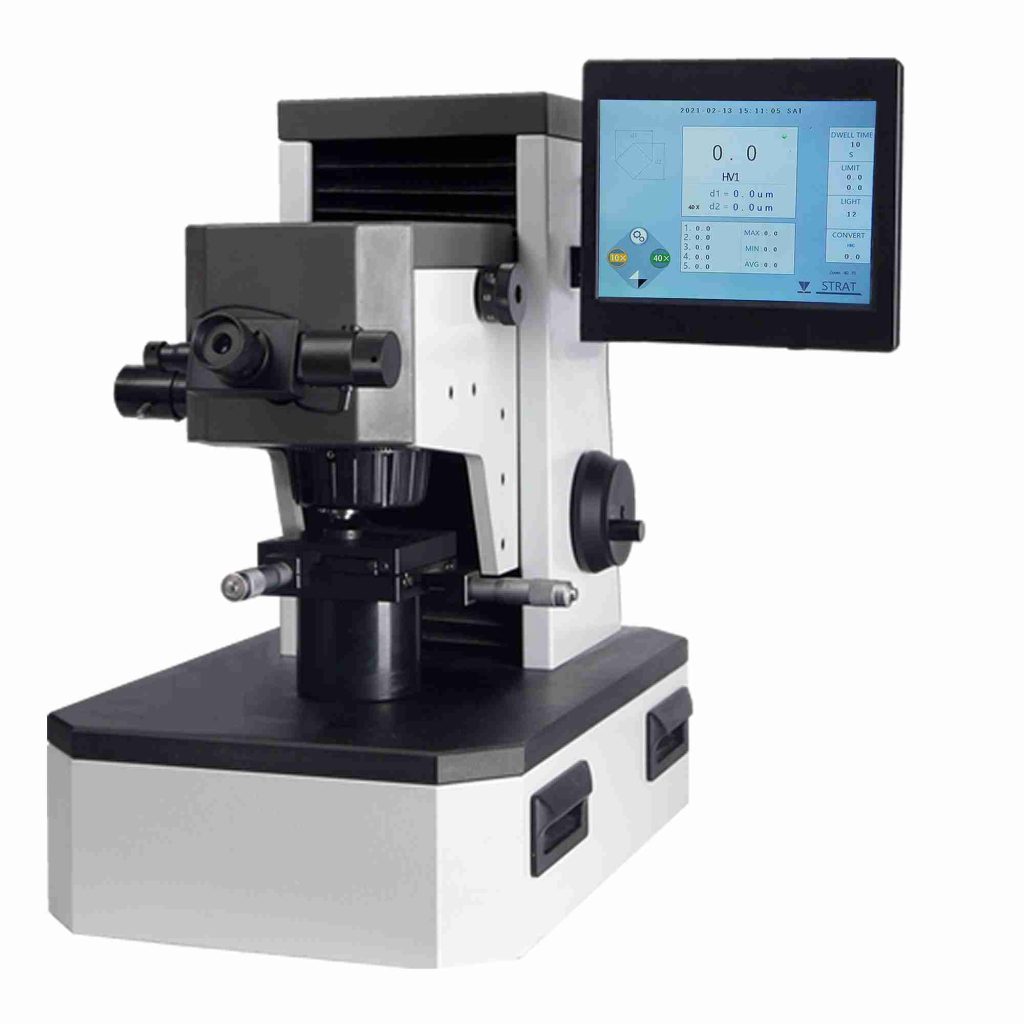
2. Integration of Optical and Depth Measurement Technologies
The incorporation of high-resolution optical cameras and depth sensors has significantly improved indentation measurement. AI-powered image processing algorithms now automate indentation detection and analysis, ensuring consistent and error-free results. This advancement minimizes operator influence and enhances measurement precision, particularly for microhardness testing applications.
3. Multi-Scale Hardness Testing in a Single Unit
Digital hardness testers have evolved to support multiple hardness testing methods in a single device. These include:
- Digital Rockwell hardness testers for bulk material testing.
- Digital Brinell hardness testers for coarse materials like castings and forgings.
- Vickers digital testers and Knoop testers for microhardness testing of thin materials and coatings.
- Leeb (HL) for portable hardness measurements on large components.
This versatility eliminates the need for multiple testers, providing greater flexibility for diverse material testing applications.
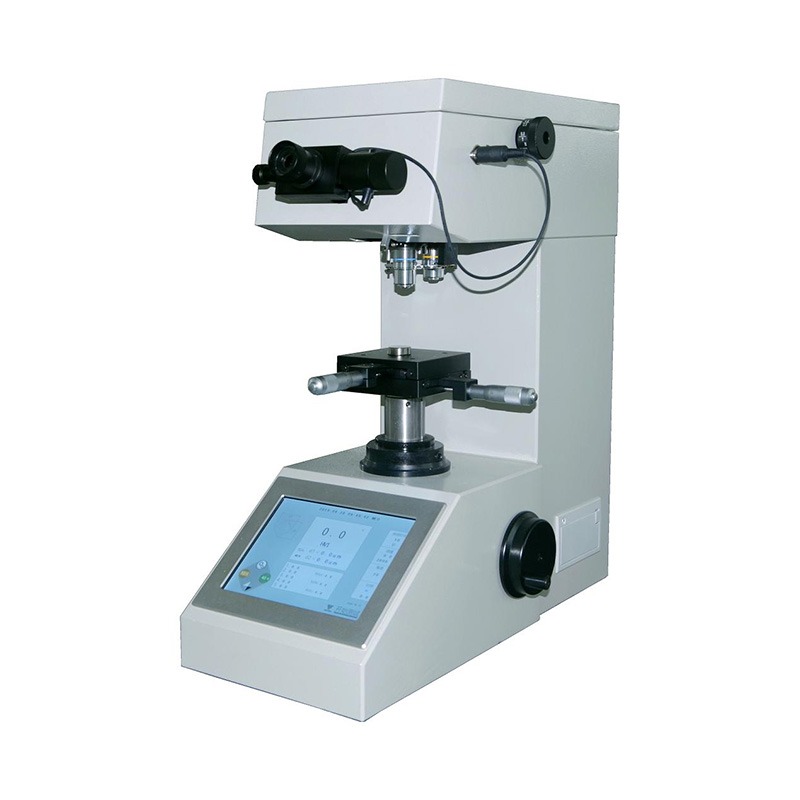
4. Automation and Intelligent Testing Features
The integration of motorized sample positioning and programmable test sequences has streamlined the hardness testing process. These automated features reduce manual intervention and enhance productivity, particularly in high-throughput industrial environments. Some advanced models also incorporate AI-driven analysis, which automatically selects optimal test parameters based on material properties, further simplifying the process.
5. Smart Interfaces and Digital Connectivity
Modern digital hardness testers now feature touchscreen interfaces with intuitive software, making them user-friendly and reducing the learning curve for operators. These devices are also equipped with Wi-Fi, USB, and Bluetooth connectivity, allowing seamless data transfer. Cloud-based integration enables remote access to test results, facilitating real-time monitoring and efficient quality control management.
.png)
6. Portable and Non-Destructive Hardness Testing Innovations
Advancements in portable hardness testers have made on-site testing more practical. Technologies like Leeb rebound and ultrasonic contact impedance (UCI) enable rapid, non-destructive hardness measurements on large, immovable, or complex components. These portable solutions provide greater flexibility for industries requiring field testing and in-situ material evaluation.
7. Self-Calibration and Environmental Compensation
To further enhance reliability, digital hardness testers now include automated calibration and environmental compensation features. These innovations adjust for external factors such as temperature fluctuations, sample surface conditions, and operator inconsistencies, ensuring stable and repeatable measurements over time.
Applications of Advanced Digital Hardness Testers
- Aerospace Industry
In aerospace engineering, materials must withstand extreme temperature variations, pressure, and mechanical stress. Digital hardness testers are essential for evaluating the hardness of titanium alloys, aluminum components, and composite materials used in aircraft structures and engine parts. The non-destructive testing (NDT) capabilities of modern testers ensure that critical aerospace components meet safety and durability standards.
- Automotive Manufacturing
Hardness testing plays a crucial role in the automotive sector for assessing engine components, gears, bearings, and chassis materials. Digital testers ensure that metal parts, such as hardened steel gears and suspension systems, meet industry standards for wear resistance and performance. The automation features of advanced testers allow for high-throughput testing, improving efficiency in mass production.
- Metallurgy and Heat Treatment Processes
In metallurgy, digital hardness testers are used to verify the effectiveness of heat treatment on materials such as steel, stainless steel, and non-ferrous metals. These testers help manufacturers determine the case depth of hardened surfaces and monitor tempering and annealing processes, ensuring optimal mechanical properties.
- Manufacturing and Quality Control
Industries involved in precision manufacturing require strict hardness control for machined parts, cutting tools, and mold components. Digital hardness testers provide real-time data logging and automation, reducing human error and improving overall product quality. The integration of AI-driven indentation analysis further enhances reliability in batch testing and production monitoring.
- Medical Device Industry
In the medical sector, materials used in surgical instruments, implants, and prosthetics must meet strict hardness and biocompatibility requirements. Digital hardness testers are used to evaluate materials like stainless steel, cobalt-chromium alloys, and titanium, ensuring they provide the necessary strength and durability for long-term medical applications.
- Energy Sector (Oil & Gas, Power Plants)
In industries such as oil and gas drilling, nuclear power, and renewable energy, advanced hardness testers assess the strength of pipes, valves, turbines, and structural components. These materials must withstand high pressures, corrosive environments, and mechanical fatigue, making hardness testing a critical part of equipment reliability and maintenance.
- Research and Material Development
Universities and research institutions use digital hardness testers for developing new alloys, coatings, and composite materials. The ability to perform multi-scale hardness tests (Rockwell, Vickers, Brinell, Leeb, etc.) within a single device enables researchers to explore nanomaterial properties, thin film hardness, and microstructure analysis with high precision.
- Heavy Equipment and Construction
Hardness testing is crucial for evaluating the strength and wear resistance of structural steel, construction machinery components, and mining equipment. Portable digital hardness testers enable on-site testing of large structures such as bridges, pipelines, and cranes, ensuring material integrity without destructive sampling.

Future Trends in Digital Hardness Testers
The future of hardness testing is being shaped by advancements in AI integration, non-destructive testing (NDT), IoT connectivity, and miniaturization of portable testers. These trends will redefine material testing processes, making them more intelligent, user-friendly, and adaptable to modern industrial challenges.
- AI-Driven Hardness Testing and Automated Analysis
The integration of artificial intelligence (AI) and machine learning algorithms is set to transform hardness testing by automating indentation analysis, optimizing test parameters, and minimizing human errors. AI-powered software can analyze indentation shapes, depth measurements, and material properties in real-time, significantly improving test accuracy and repeatability. This innovation will be particularly beneficial in high-throughput manufacturing environments, where fast and consistent quality control is crucial.
- IoT and Cloud-Connected Hardness Testers
With the rise of Industry 4.0, digital hardness testers will become more connected and data-driven. IoT-enabled devices will allow real-time data transmission to centralized cloud platforms, facilitating remote monitoring, analysis, and predictive maintenance. This connectivity will enhance traceability in industrial quality control, enabling seamless data integration with manufacturing execution systems (MES) and enterprise resource planning (ERP) systems.
- Enhanced Automation and Robotics Integration
Automation in hardness testing will advance with the integration of robotic arms and automated sample positioning systems. This innovation will be particularly beneficial in high-volume production facilities where rapid, consistent hardness testing is required. AI-driven robotic testers will ensure precise positioning, indentation measurement, and data collection, reducing human intervention and enhancing productivity.
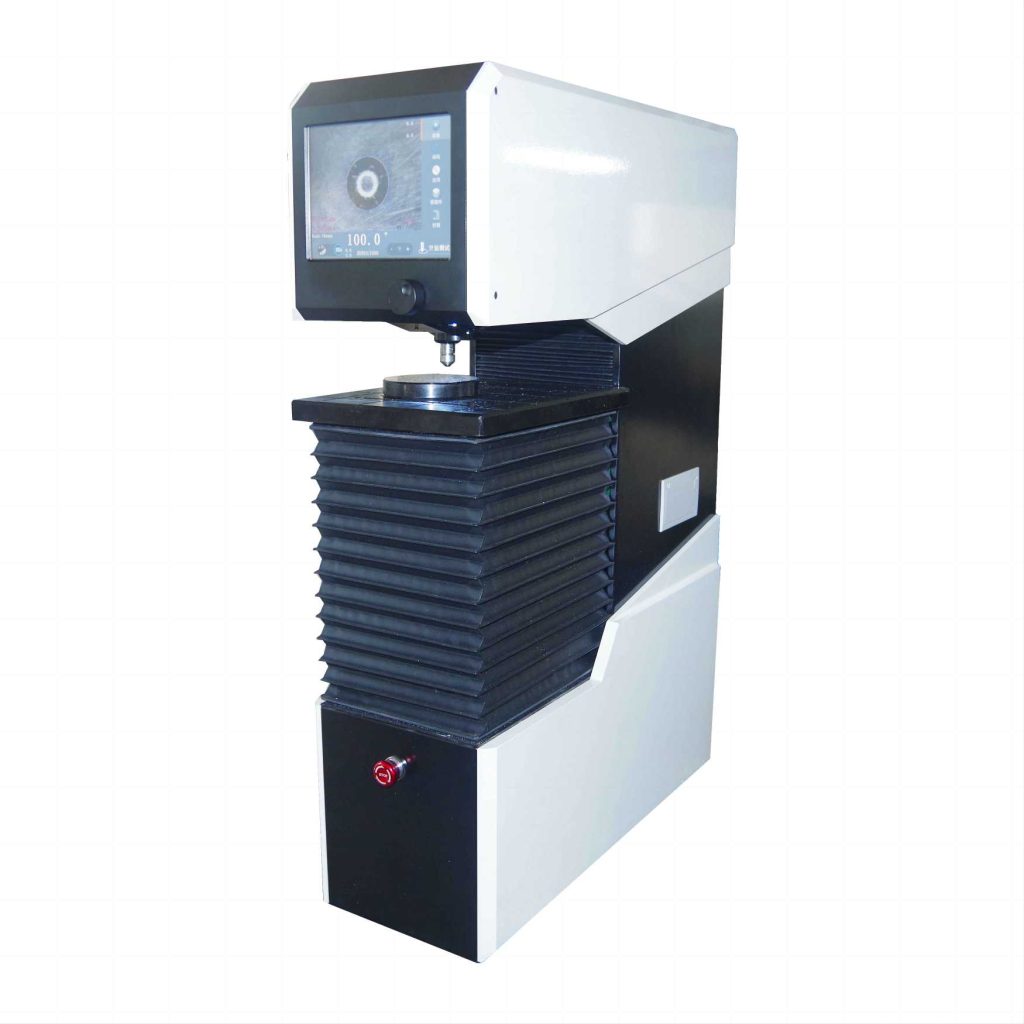
Wrap Up
The advancements in digital hardness testers have significantly improved the precision, efficiency, and automation of hardness measurement processes. By integrating high-precision load application, optical sensors, automation, and cloud-based connectivity, these instruments have become essential tools for quality control and material research. With AI-driven analysis and cloud-based data management, these tools continue to be vital for material hardness testing for the future. With user-friendly interfaces, durable construction and fast, non-destructive testing capabilities, Drawell digital hardness testers are ideal for industries such as manufacturing, automotive, and metallurgy. Trust Drawell for reliable hardness testing solutions that enhance your material evaluation processes.

